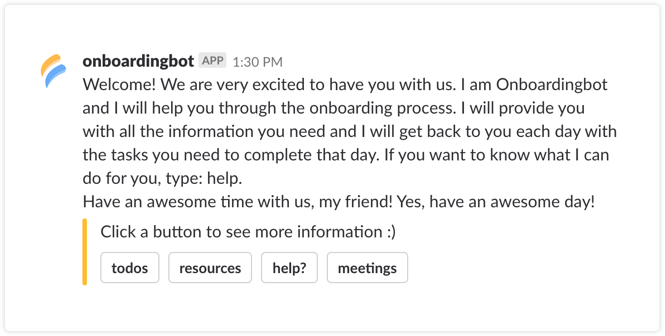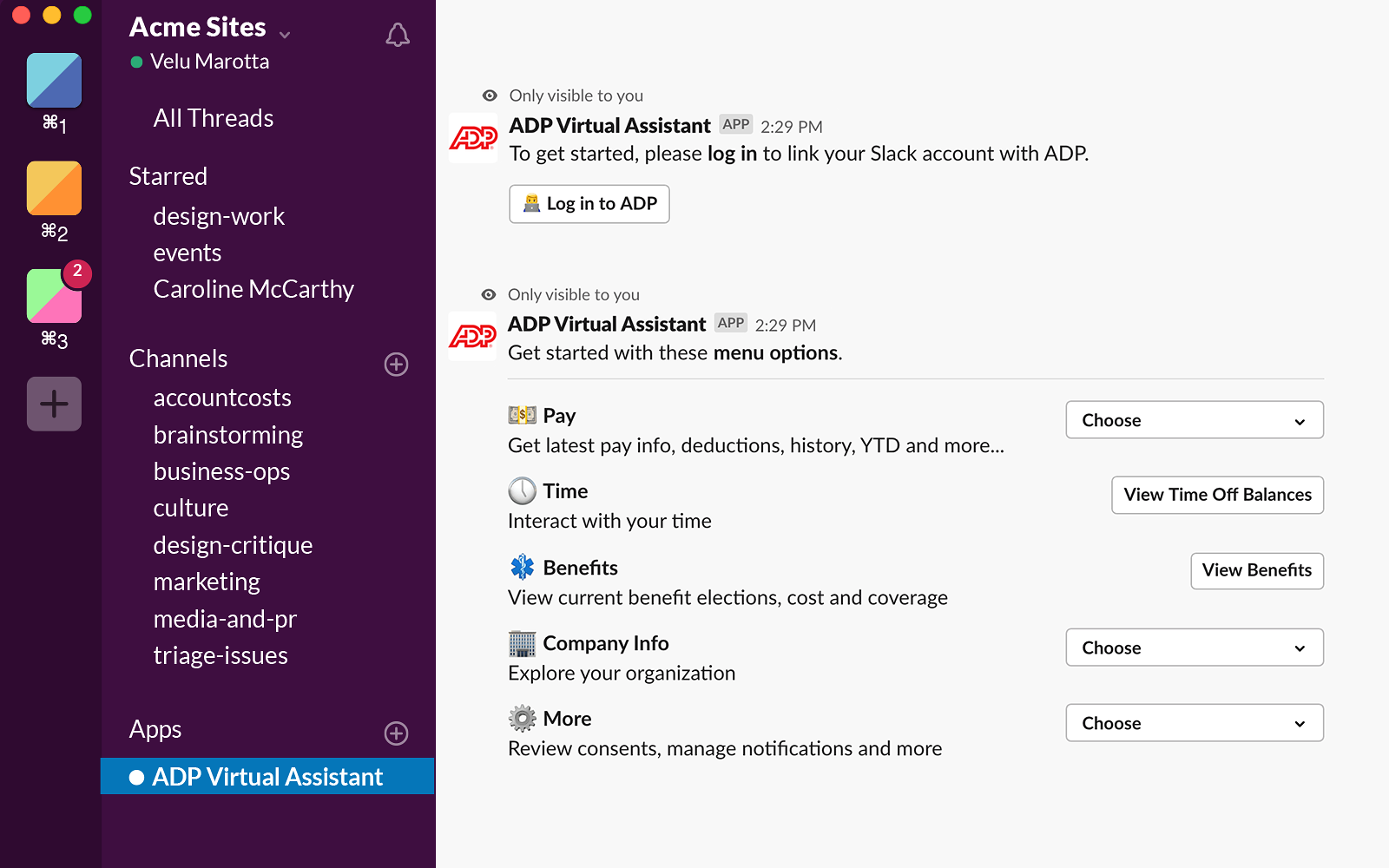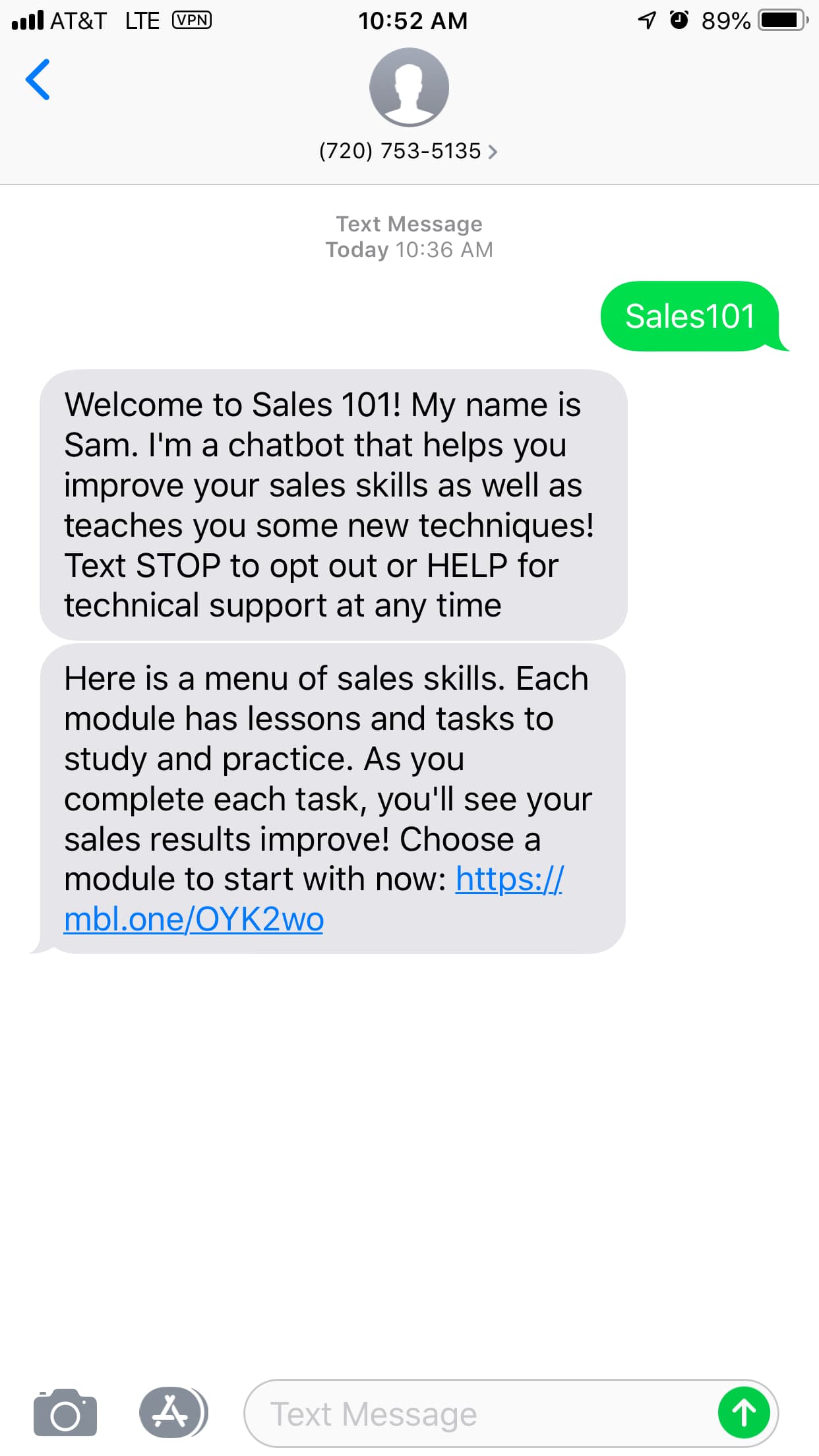No longer just a means for interacting with customers, chatbots can revitalize how workers perceive you as an employer.
Boiled down to its essence, employee experience is this: Every interaction an employee has with your organization, from their parking space to their manager, makes a difference in whether they stay and thrive or disengage and leave.
Scrutinizing and improving these interactions is key. According to Gartner, organizations that make sustained investments in employee experience will achieve a net 10 percentage-point improvement in employee engagement scores by 2022 (full research available to Gartner clients).
OK, but how do you make these important improvements? Borrowed and reconfigured from the world of customer experience, HR chatbots—automated virtual assistants integrated with HR systems that interact with employees to answer questions or process requests—are a promising solution to this employee experience quandary.
By making tedious but necessary interactions in the workplace not only more seamless but also more personalized, HR chatbots can improve the employee experience and help you retain your top talent.
3 ways chatbots improve employee experience
1. By acting as a digital guide during onboarding
As much as we want a new employee's first days to be exciting and memorable, too often they're bogged down in mountains of paperwork and process training. As a result, the onboarding process is a tedious and overwhelming one that nearly 90% of employees don't think their company does well.
That paperwork still has to be completed, but HR chatbots can at least make the process magnitudes less painful.

An interaction with ChiefOnboarding (Source)
Besides gathering important information from the new hire and walking people through onboarding processes such as filling out their I-9 and signing up for health insurance, HR chatbots can answer questions about the company, guide new hires through their upcoming schedule, and point people to important resources and information—all without human intervention.
HR chatbots can also ensure that all the boxes are checked for a new hire to become a full employee and that nothing falls through the cracks.
In a world where 40% of employees say getting a response to an HR question takes too long, getting an instantaneous response from a chatbot is a big deal. Leveraging new technology like this for onboarding also gives a good first impression that you're forward-thinking and dynamic, rather than a tech laggard.
2. By de-emphasizing the 'self' in HR self-service
Employee self-service (ESS) was a revolution when it first appeared in HR systems in the 1990s. You mean I, the HR manager, don't have to update everyone's contact details and benefits options myself? Yes, please.
Unfortunately, ESS hasn't been the be-all, end-all solution HR departments hoped it would be. Left to navigate often complex and confusing HR systems, employees can't always do the things they're supposed to do themselves. Then they end up bugging HR to do it anyway—defeating the whole purpose of ESS.
HR chatbots offers a more sophisticated, guided solution to ESS by taking some of the work out of the employee's hands, while still leaving HR personnel out of it.

The ADP Virtual Assistant working in Slack (Source)
Instead of navigating convoluted menus or pouring through the user guide of their company's HRIS to find what they're looking for, an HR chatbot integrated with said HRIS allows employees to avoid a lot of guesswork and frustration.
Whether it's requesting time off, updating their address, or changing their benefits options, workers merely need to ask the chatbot and the chatbot will take care of it for them. The chatbot also has the ability to answer questions about broad company policies, or more personal questions pertaining to that specific employee (e.g., “How many days of PTO do I have left?")
The result is a more seamless and less stressful experience for workers.
3. By delivering targeted training to workers in real-time
Workers want more training. We know this. And we know for many, if their current employer doesn't provide the training they want, they'll quit to go work for someone who will.
But the problem with giving workers the training they want is two-fold in most organizations. First, a lot of trainings are compliance-driven and meant for everyone. There's no personalization or targeting based on needs. Second, any time spent training means time not working. The activities are too siloed from one another.
An HR chatbot can fix both of these problems by providing more personalized training at the time and place workers need it most: while on the job.

An interaction with Mobile Coach Microlearning (Source)
Also known as “virtual coaches," these HR chatbots are designed to support worker development in real-time. If an employee comes across a problem or has a question about something they're working on, they can message their virtual coach immediately to get answers or links to relevant training resources to help them grow.
These coaches can be proactive as well. Once an employee inputs their learning goals, virtual coaches can routinely check in with 5-to-10 minute microassessments to aid employees in their development and training retention.
It's a shot of adrenaline in an area of the employee experience that's often mired by stagnation.
Chatbots are only as good as their support
As great as it would be to hype up HR chatbots as the magic potion to cure all of your employee experience woes, it's not that simple. Chatbots, after all, are merely a courier of data and information and, as such, are useless out of the box.
Onboarding and self-service chatbots need support from an integrated HRIS with all of your employee data and processes. Training chatbots need to be able to pull a variety of materials and eLearning courses from a learning management system (LMS).
Getting these kinds of systems in place first isn't just important to setting up a chatbot. They're also vital to bringing the full employee experience into the digital age. If you're in need of a system, click on those links to explore your options.
If you're interested in learning more about HR chatbots, check out “3 HR Chatbots That Are Disrupting Employee Experience."